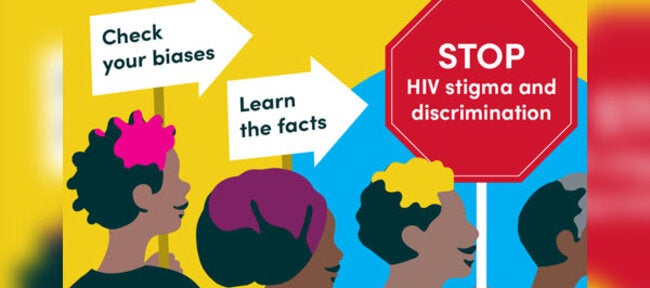Better with PrEP - Take the rights path
01 DECEMBER 2024
On December 1, we’re putting human rights at the forefront. We invite the Americas to take action by expanding access to PrEP, because our path to ending HIV is "Better with PrEP."
Today, around 2.7 million people in Latin America and the Caribbean are living with HIV. In 2023 alone, about 135,000 people acquired the virus, and 35,000 lives were lost to AIDS-related causes. New infections are highest among key populations, highlighting the need for targeted prevention and support.
Achieving an undetectable viral load not only allows people with HIV to live healthy, active lives, but it also means they cannot transmit the virus to others.
Ending AIDS means reaching everyone affected by HIV, especially populations in situations of vulnerability such as indigenous communities, people deprived of liberty, and migrants. Expanding HIV testing in all its forms is critical. We need a significant increase in the number of tests conducted, ensuring that everyone has the chance to know their status, identify those at substantial risk, and provide access to PrEP.
This World AIDS Day is a call to action to protect health through the protection of human rights. Ensuring access to PrEP is a crucial step toward changing the course of HIV in our region and making elimination achievable.
On World AIDS Day, PAHO launches Better with PrEP campaign
Washington, D.C., November 28, 2024 (PAHO).– In the context of World AIDS Day (December 1), the Pan American Health Organization (PAHO) has launched the "Better with PrEP" campaign, with the goal of expanding access to Pre-Exposure Prophylaxis (PrEP) in Latin America and the Caribbean. The campaign, which places human rights at the center of the HIV response, seeks to reduce stigma and promote HIV prevention in populations at higher risk of acquiring it.
Related Campaigns
Related Links






